With all the different types of parades and city festivals that spring up throughout the year — often with a nearly exponential spike during the summer months — it may seem curious as to why organizers goes to so much trouble to take on these large-scale projects, year after year. Between keeping up city permits, bringing in adequate security, and closing down major streets, it might seem like a lot of work for what might seem like a mere party. However, there is often much more to these celebrations than meets the eye if you pay close attention to the details that can help you understand the nature and reason for a city festival or a parade.
Parades and City Festivals Can Help Your Students Learn More About Your Town, Fellow Residents and Other Parts of the World
Whether your city is celebrating your diverse population and the cultures therein , a historic local event, a national milestone, or the founding of your town, parades and city festivals frequently have more to offer your students than most of us realize without a little deeper investigation. Consider some of the following ideas that can lead to engaging academic lessons, based on your observations and musings during visits to various local open air celebrations in your community this summer. These academic lesson plan ideas can help you and your students work together for a greater appreciation of these types of events:
Parades and festivals often celebrate a local region’s history, or the reach may lie far beyond your hometown. Help your students learn about the history of local street festivals and parades from various perspectives.
Elementary School. Learning about the general history of parades and city festivals — particularly their basic goal of providing a venue for socializing and learning more about a particular subject — offers students a strong foundation of understanding, which elementary students can build on as they learn about specific events in town and around the world.
Middle School. Do other towns have similar festivals and parades? Ask students to use classroom tablets to perform internet research to understand the nature of your local events, compared to other cities around the world, to see how widespread their significance is. Students will soon detect events that are specific to your city, as well as those that have importance to many people around the world.
High School. Why does the parade or festival continue to thrive as a cherished local tradition? Students might look at historical events that increased the popularity of events, such as continued inclusion of new population groups and expressions of their heritage. If your area has recently noted an influx of a new international population, request that the event coordinator — through popular channels — invite members of the group to participate to continue positively building on the history of the event for future generations.
There is often a great deal of art work, music and dance associated with an outdoors community event, making it an ideal time for you to use a digital camera to snap a photograph or a video camera to capture some key moments in action to share in the classroom.
Elementary School. Identify posters for the event and shoot a few photographs to make it easier to discuss why they represent the festival or parade. For example, if it is a parade for the local humane shelter, the art work might feature animals. Is there a theme song? The teacher can play it on classroom audio equipment. Also, discuss why it is important to reach out to people with catchy sounds and images when trying to attract attendees.
Middle School. Students might search for alternate works — photographs, songs, dance routines and art work — that are not directly related to the event but still represent the themes of the festival or parade. This lesson can help students gain a deeper understanding of the event’s themes and goals.
High School. Students might produce their own work — anything from a still photograph or drawing to a dance routine or a musical composition — that represents the event and record it. Perhaps students can submit their creations for entry to the event talent coordinator for a local parade or city street fair or festival to understand what the process that artists go through to bring their work to the public.
While local festivals and parades provide opportunities for the community to gather to support art, music and a shared history, the economics of these events is important for various reasons.
Elementary School. Vendors come to the event to sell water, sodas, snacks, meals, art work, jewelry and more so they can earn money, serve the public and help generate exposure for their business. This economics focused activity can help young students look at basic math lessons in real world applications in the context of a fun environment.
Middle School. These events help to boost the community’s economy beyond the vendors at the event when guests patronize local cab drivers, gas stations, hotels and motels, and restaurants in the area. The more exposure the event receives, the better for the economy for residents due to increased employment opportunities.
High School. The city’s local government monitors these events through surveys, attendance reports and other data supplied by event coordinators that helps the city’s controller and other officials to understand and appreciate the economic impact of these events, which can lead to continued permits and greater support.
With these lessons, you may turn your students into lifelong fans of local festivals and parades. At the very least, you will help them understand your area’s commitment to tradition and community.

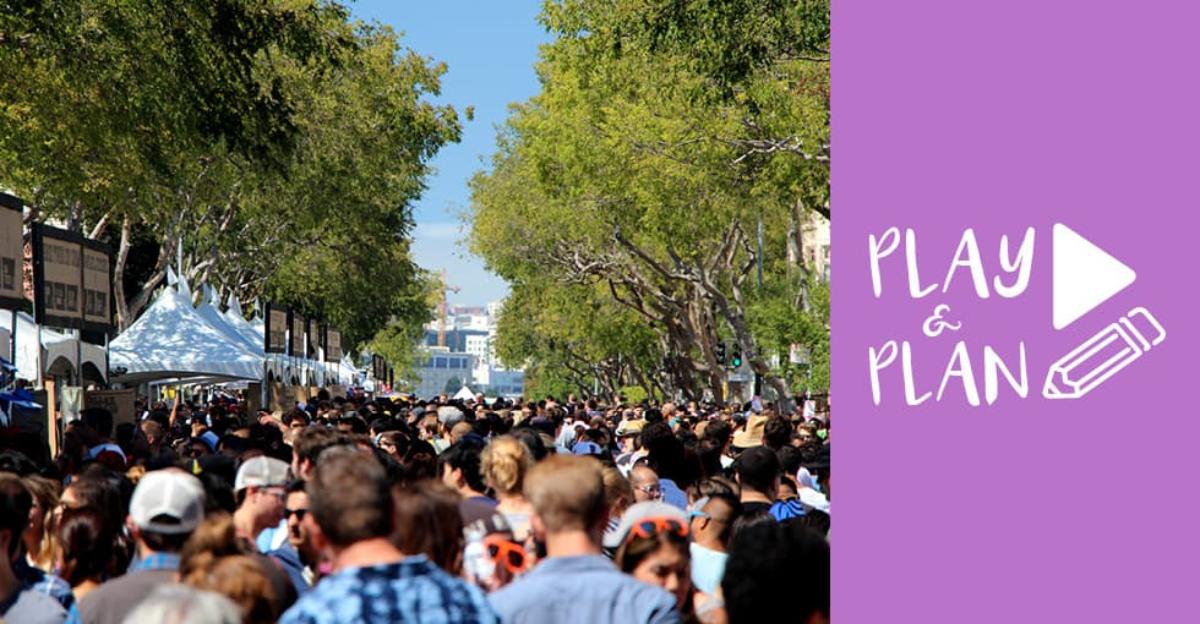



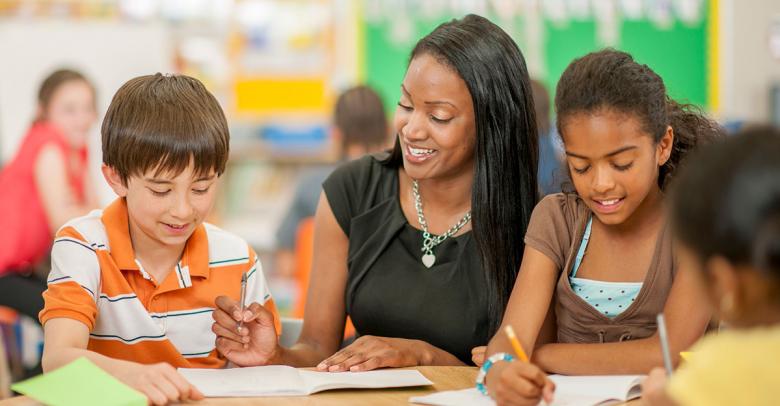
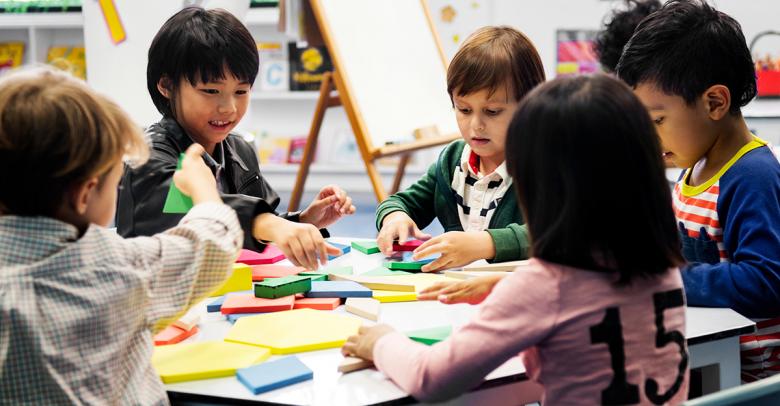
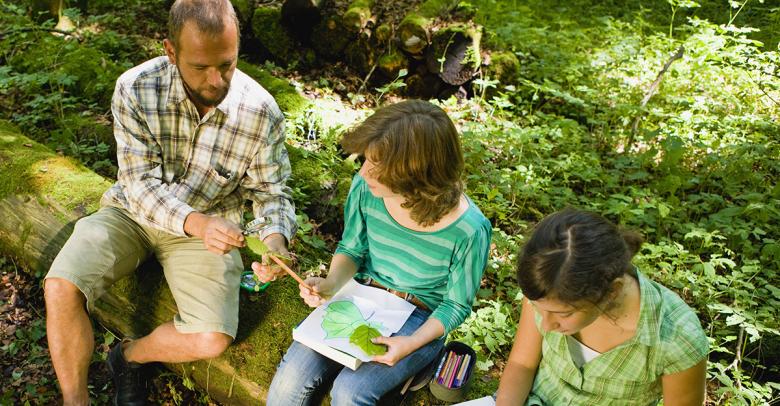
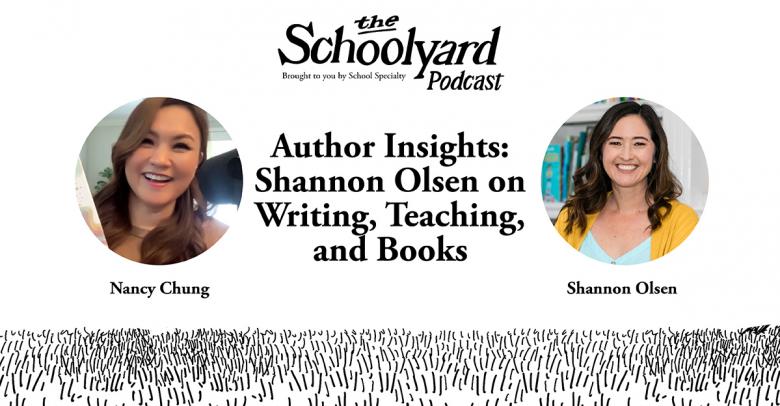
Leave a Reply